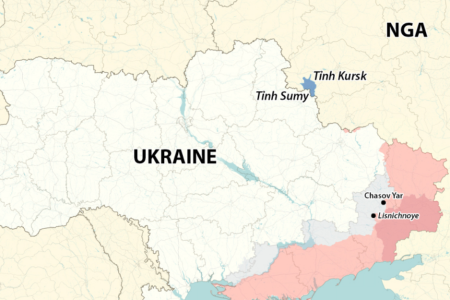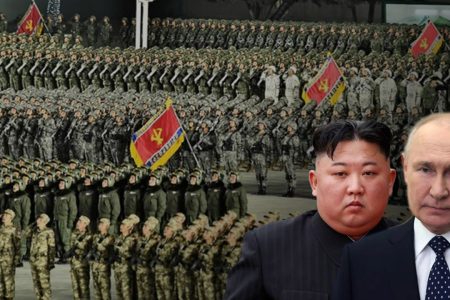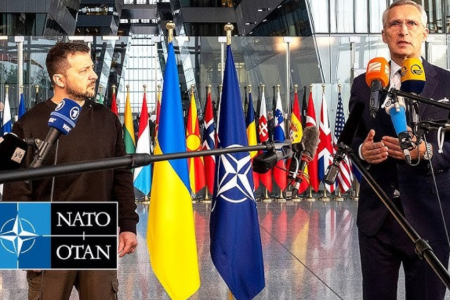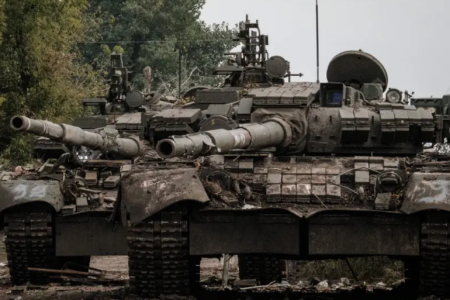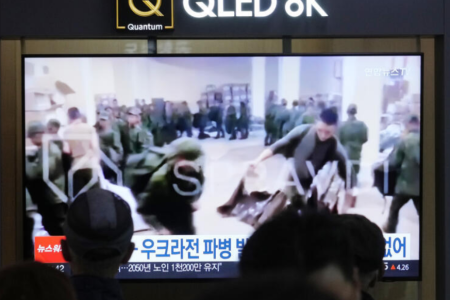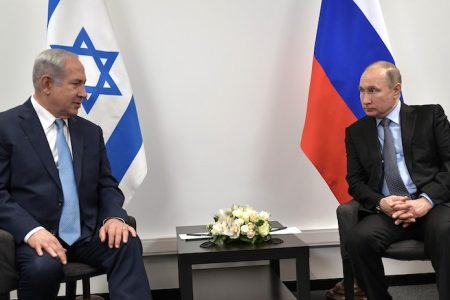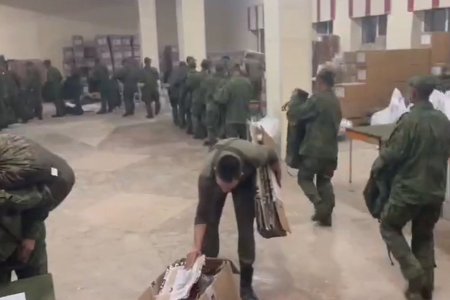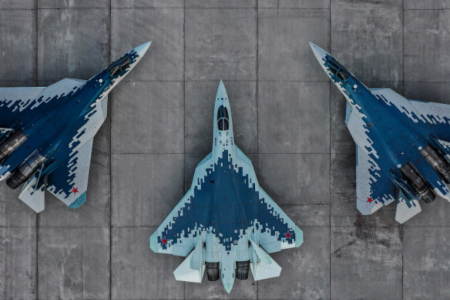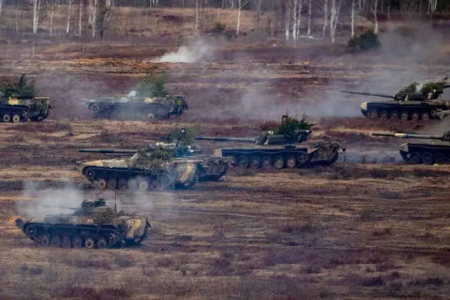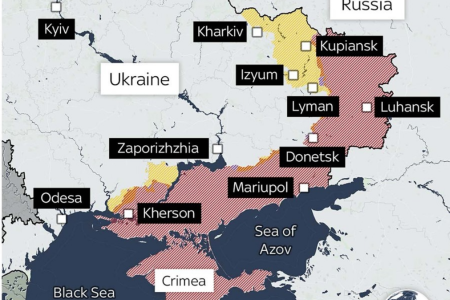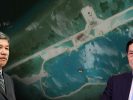
The US-China dialogue ends in tense
The first US-China dialogue since Biden took office ended in tension, mutual accusations by both sides and no joint statement has been made.
Many people made different comments about China’s “diplomacy of warriors” with the clip on CCTV when Mr. Yang Jiechi spoke, in the right type of “fluttering, rolling his eyes” with the gesture of pointing his finger as if he was about to “flap each other.”
Many analysts have given different perspectives on the outcome of this dialogue. Dr. Pham Sy Thanh – a graduate expert in China said that, with this meeting, China wants to target three main groups of people, including: (i) The US, (ii) allies of the US, and (iii) within China. Dr. Thanh also concluded: “… in the US test, China has gained the initiative. Don’t think the meeting won’t work out. China got what it needed.”
Writing on his Twitter, Elbridge Colby – American strategist wrote: “What can be learned from the meeting in Alaska is not a matter of debate but a confidence and assertiveness of China. Apparently they “knew” they were strong.”
Marsin Przychodniak – Poland’s China expert, clarified: “China’s tone of confidence is mainly because of internal political reasons, not the true arrogance of the strong. Wang Yi and Yang Jiechi had the only way to respond to the American side. Any weak response will be seen as inconsistent with what China has propagated.”
Threats from China and the regional response
For two decades, China was the main cause of nearly every dispute in the region. From the Himalayas, Southeast Asia, the South China Sea (Vietnam calls it the East Sea) to the East China Sea, China has become a major threat in the Indo-Pacific region. Beijing’s defense spending is now six times more than it was at the beginning of the millennium, according to an independent assessment by the Stockholm International Peace Research Institute (SIPRI). Over the past two decades, China has risen from sixth to second in the world in terms of total defense spending. This is a spectacular rise that demonstrates China’s growing power. Combined with China’s aggressive behavior and attitudes, this worries China’s neighbors.
Looking around the Chinese border, however, it can be seen that, from all sides, the People’s Liberation Army of China (PLA) faces inherent and emerging military adversaries. Even if it assumes an agreement between Russia and China (a prospect that is always likely to happen in the future compared to reality), China faces challenges in the so-called Indo-Pacific. These countries, stretching from India in the southwest to Japan in the northeast, would form an effective wall against Chinese expansionism even when the US did not explicitly encourage and support it.
The Indo-Pacific arc is strongest at the end point and weakest at the midpoint. The Japanese Self-Defense Force has a strong reputation for its technology and capabilities. In response to China’s carrier-building program, Japan is converting two existing helicopter carriers into fixed-wing carriers. Although Japan’s carriers are much smaller than those of China, the fifth generation F-35 stealth fighters launched from Japanese carriers will have much greater power. The PLAN’s Shenyang J-15, meanwhile, is a less advanced 4th generation fighter that has experienced serious technical problems.
Japan certainly has the resources and technological know-how to protect itself. On the other end of the Indo-Pacific arc, India is often seen as weaker than China. However, these statements are long outdated, despite the fact that they were true. In 1962, China occupied vast mountains of Indian territory in a flash attack, lasting five weeks. However, this victory was the result of a peacetime surprise attack against a friendly, trustworthy country. Since then, India has engraved in mind the old proverb: “Being deceived for the first time, it is the fault of the deceiver, But to be deceived a second time, it’s yours own.”
Like India, Vietnam has been a victim of Chinese attacks and has had a troubled relationship with this communist “big brother” since the 1979 border war. Currently, the South is relatively small, but focuses on investment in coastal defense. Dealing with China’s anti-access / anti-intrusion (A2 / AD) strategy in the early 2000s, Vietnam invested heavily in anti-ship missiles and was supposed to buy BrahMos ultrasound cruise missiles co-produced by Russia and India. This missile is said to be the fastest weapon in the world. Therefore, as China moves from an A2/AD strategy to a power show in the South China Sea, Vietnam is developing A2/AD capabilities to respond to the PLAN’s operational capabilities in the region.
The weaknesses in the Indo-Pacific arc are the islands. The Philippines under President Rodrigo Duterte, which supported a potential Chinese alliance, has become a mysterious card. However, after four years of anti-US statements, Duterte faced growing backlash from pro-American citizens. The Philippines’ armed forces are probably also in favor of maintaining close ties with the US. Like Vietnam, the Philippine Navy also wants to buy BrahMos anti-ship missiles in a deal that is likely to be more successful than the one between India and Vietnam. In another A2/AD strategy, the only real target of these missiles is the PLAN operating in the South China Sea.
The US’ strong response
Not only did it show its unforgiving attitude towards Beijing, the Biden administration also had harsh words to Russia. With such a strong show of views towards Russia and China, the Biden administration wants to respond at the same time to the general views of Moscow and Beijing, saying that the US in particular and the West in general are coming to an end. In addition, another important message of Biden, is: “Foreign policy for domestic service.” Showing a tough demeanor towards China, the White House wants to reassure right-wing voters and a left-wing segment as well as many Democrat strategists who criticize neoliberalism for the momentum for China in the international arena, damaging middle-class employment in American industries. This is also the reason for Donald Trump’s election victory in the past.
In addition, this tough stance of the Biden administration aims to assure allies in the Asia-Pacific region such as India, Japan, South Korea and Australia that the chaotic policy period is over. of Donald Trump was wild in the face of autocrats in Beijing and Moscow.
Thus, it can be said that, although there is no joint statement made, the two sides still “fight” with each other fiercely, but each side has achieved certain results for themselves.
Vietnam avoids weakness
For Southeast Asian countries like Vietnam, now it is necessary to formulate a foreign policy that is flexible and clear. A specific example is the Philippines under Duterte, despite implementing the policy of “Towards China,” however, that “friendship” still did not prevent the Chinese ambition to invade the territory of the Philippines. Recently, on January 20, the Philippine press reported that more than two hundred Chinese ships surrounded the area of Grierson Reef (in the Spratlys) and then, the Philippine Army issued a counter-notice to this threat from China.
Therefore, being flexible and avoiding confrontation with China is a must for countries that have maritime disputes with China such as Vietnam, but weakness before China as Duterte did is inevitable to prevent China from invading.
Thoibao.de (Translated)



